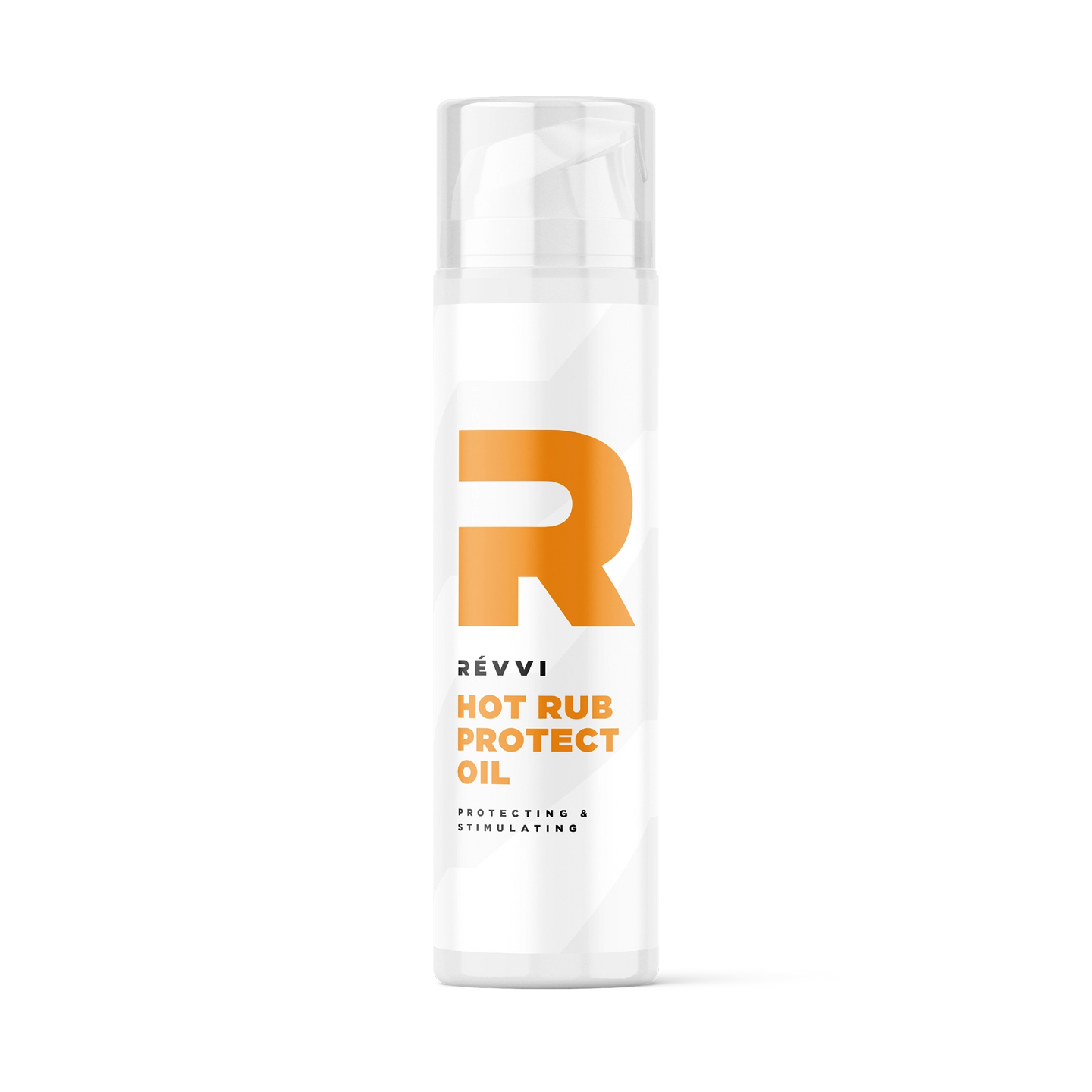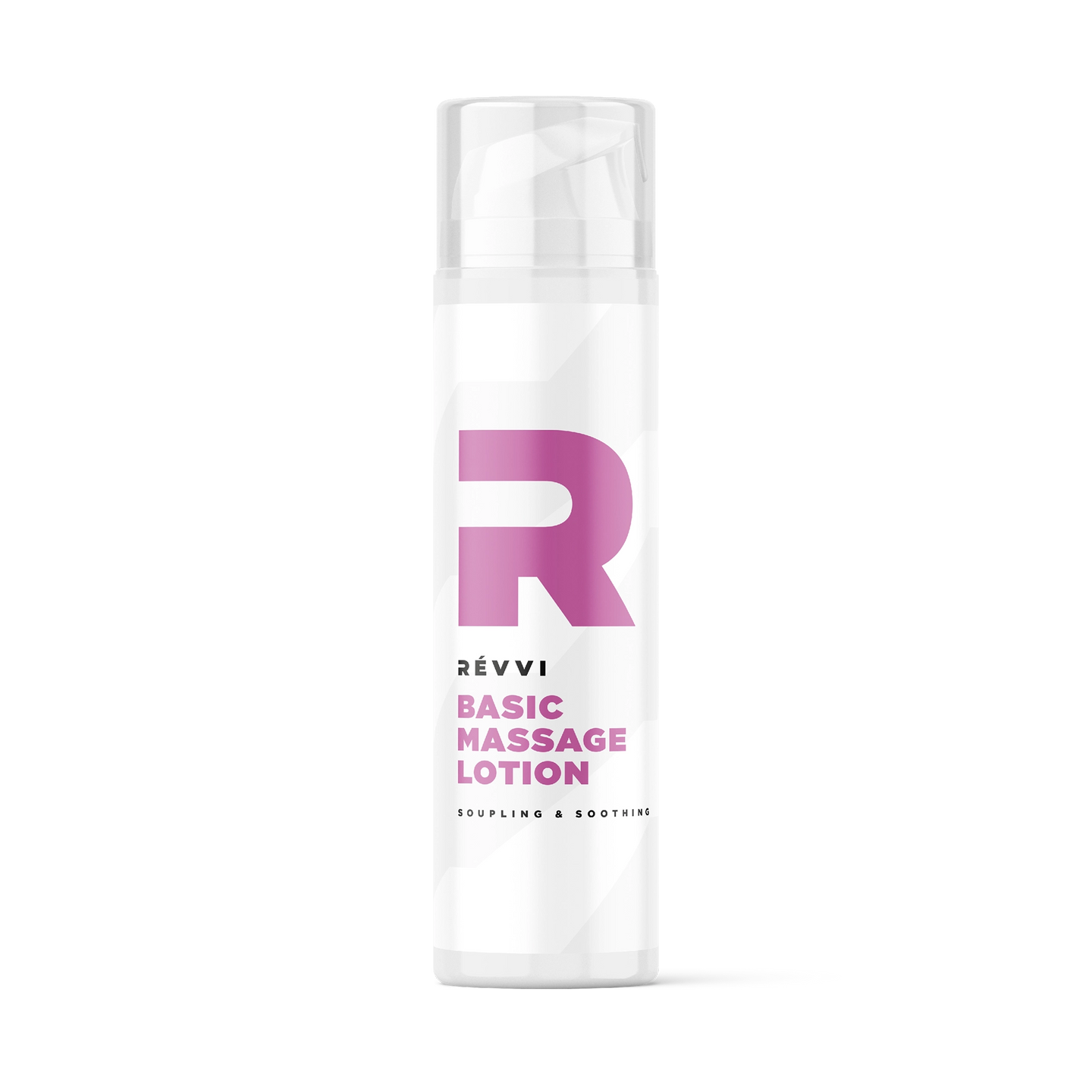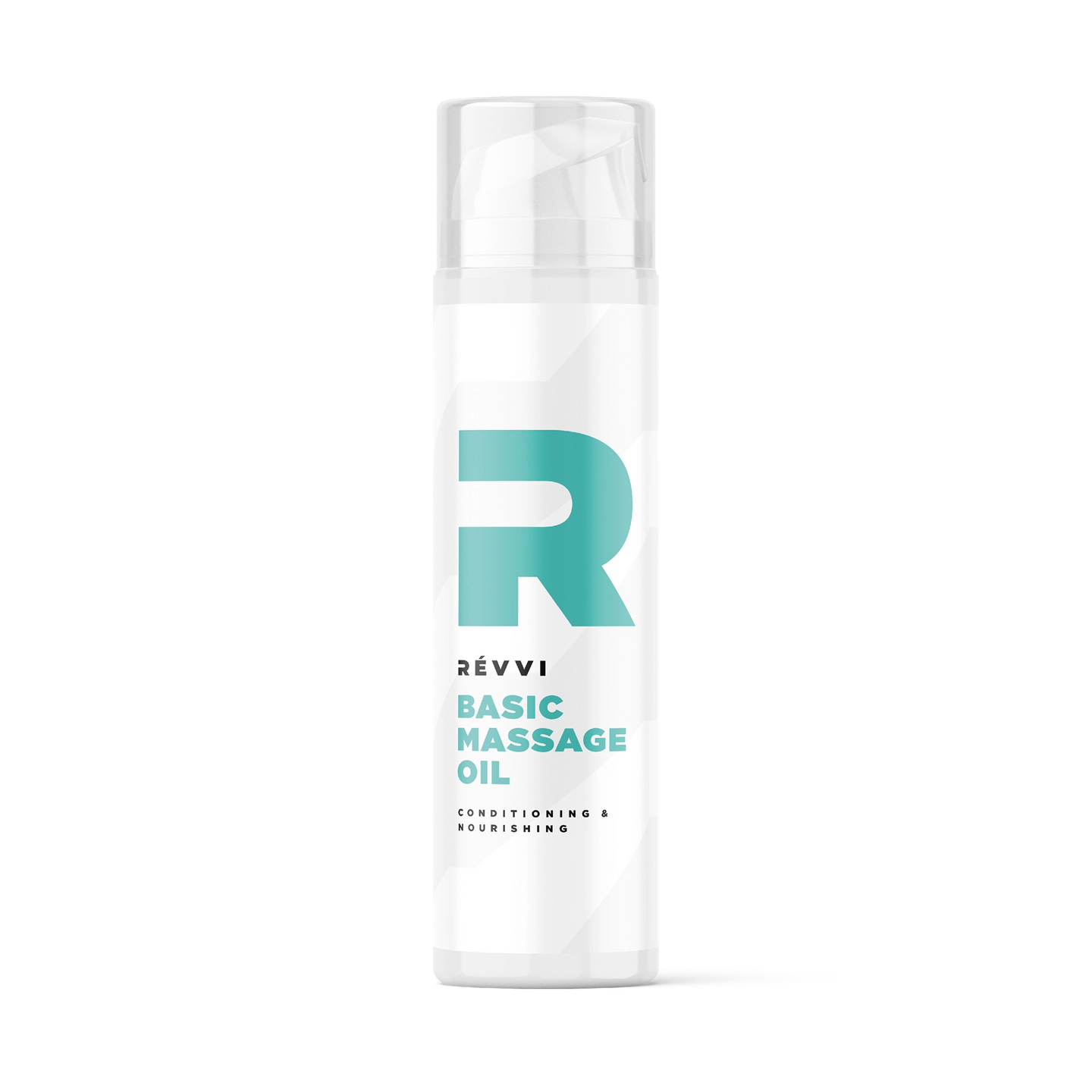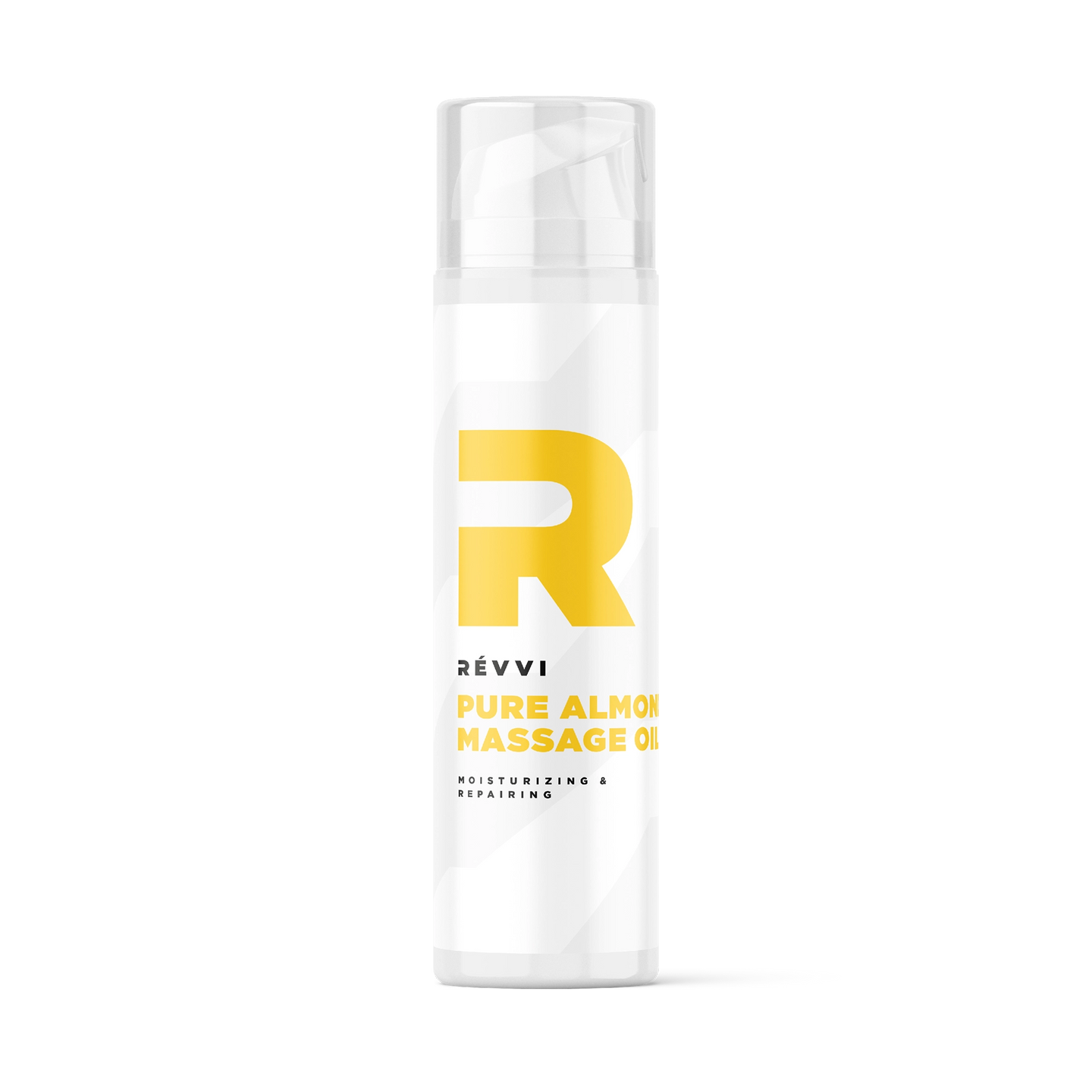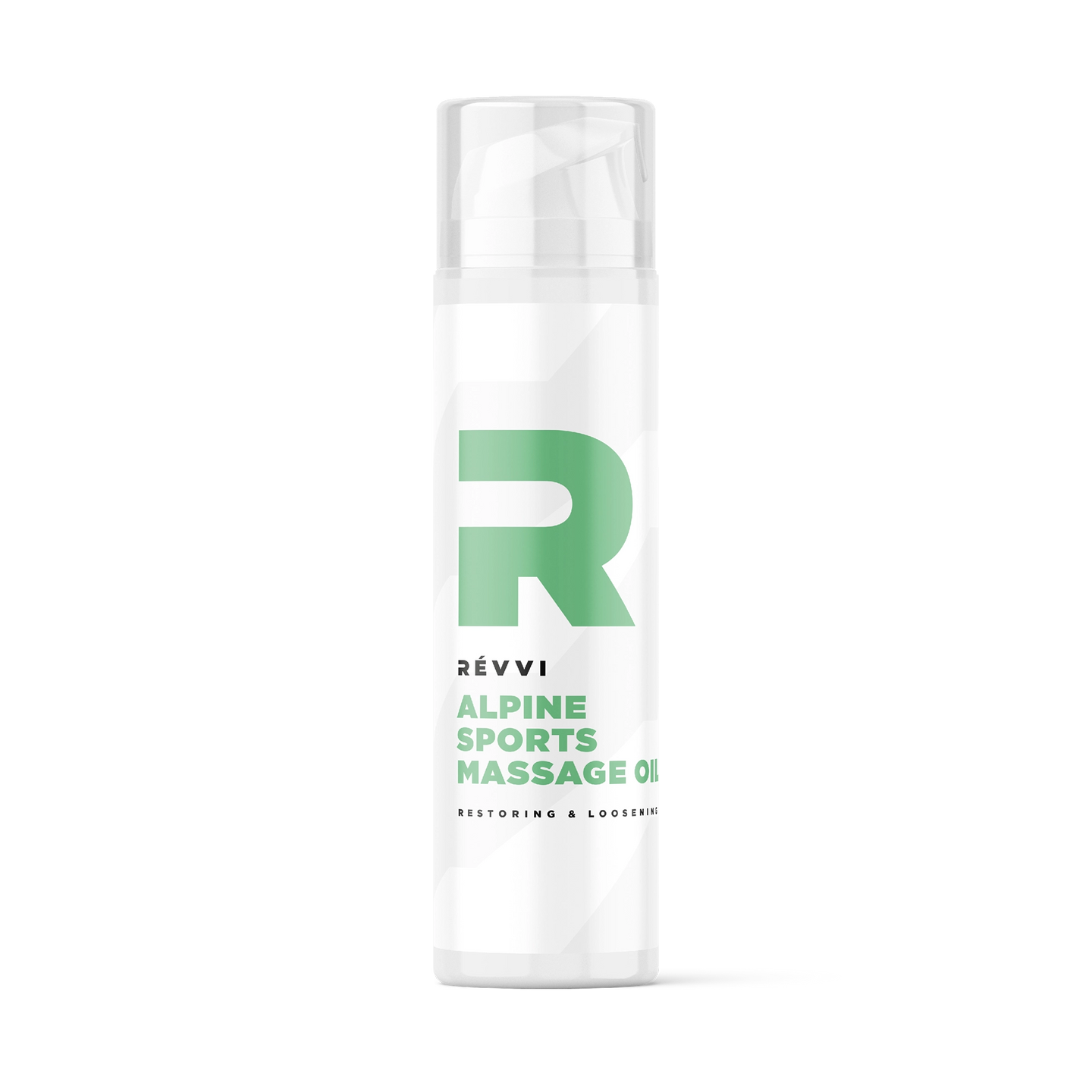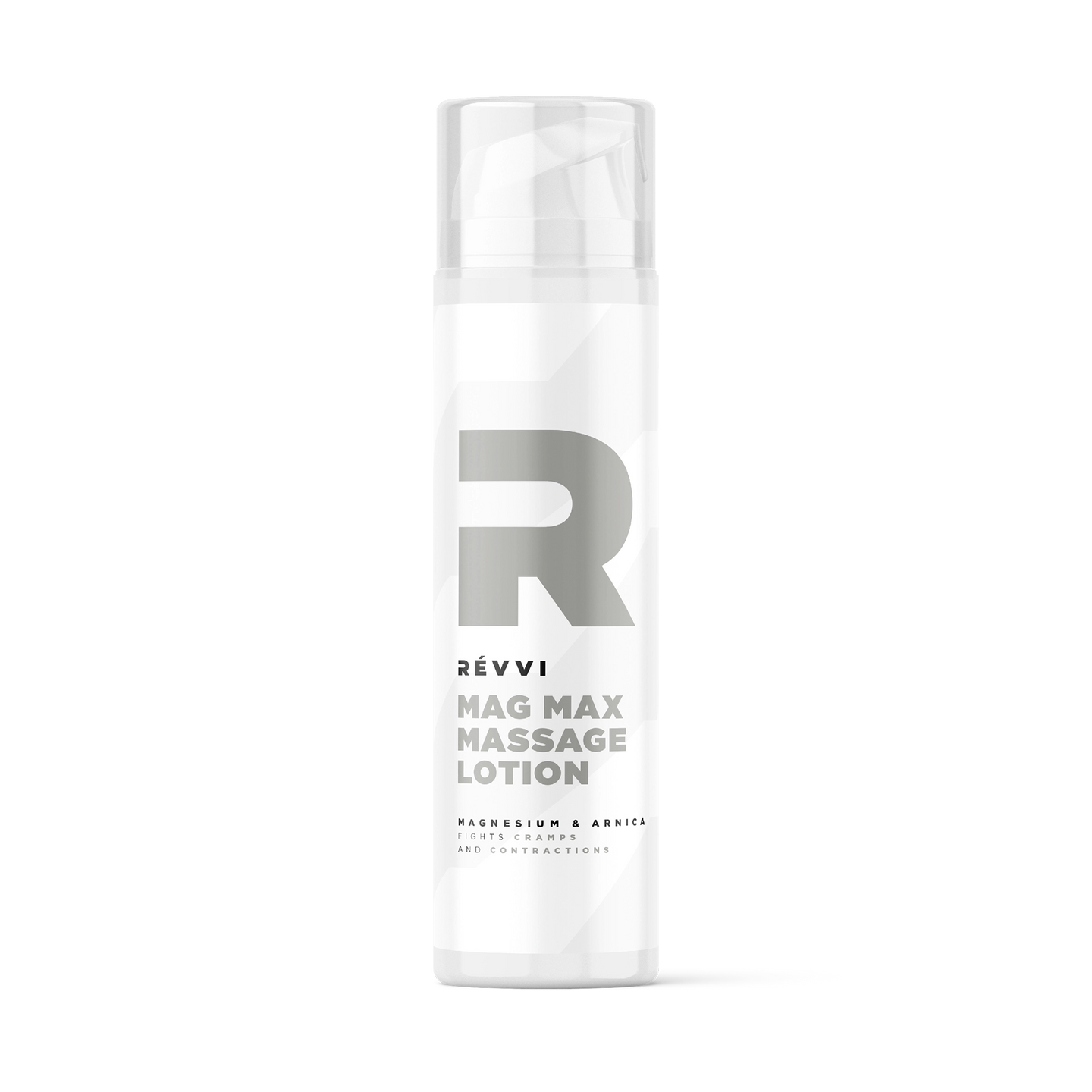
Geen enkele atleet wil gekwetst raken. De kleinste blessure heeft een invloed op de prestaties, veroorzaakt vertraging op het trainingsschema en bijgevolg het missen van een wedstrijd of competitie. Wanneer spieren tijdens hoge intensiteit trainingen tot het uiterste worden gedreven is de kans groter om geblesseerd te raken. Vooral voor een terugkerende blessure bestaat er een risico dat deze in een chronische, permanente toestand overgaat.
Massage therapie heeft een lange weg afgelegd, van een wellness behandelingen over gespecialiseerde therapieën tot specifieke sportmassages. Uit recent onderzoek is gebleken dat massage therapie aanzienlijke vooruitgang boekt binnen de preventieve geneeskunde, zoals het voorkomen van blessures bij atleten.
Ondanks zijn naam is deze vorm van massage niet alleen weggelegd voor atleten, ieder individu kan er baat bijhebben!
Een sportmassage heeft als doel blessures te voorkomen, ze te behandelen en pijnen te verlichten. Op lange termijn kan het helpen om topprestaties te leveren doordat sportmassage het lichaam optimaal laat functioneren.
Een sportmassage heeft immers fysieke, mentale en emotionele voordelen.
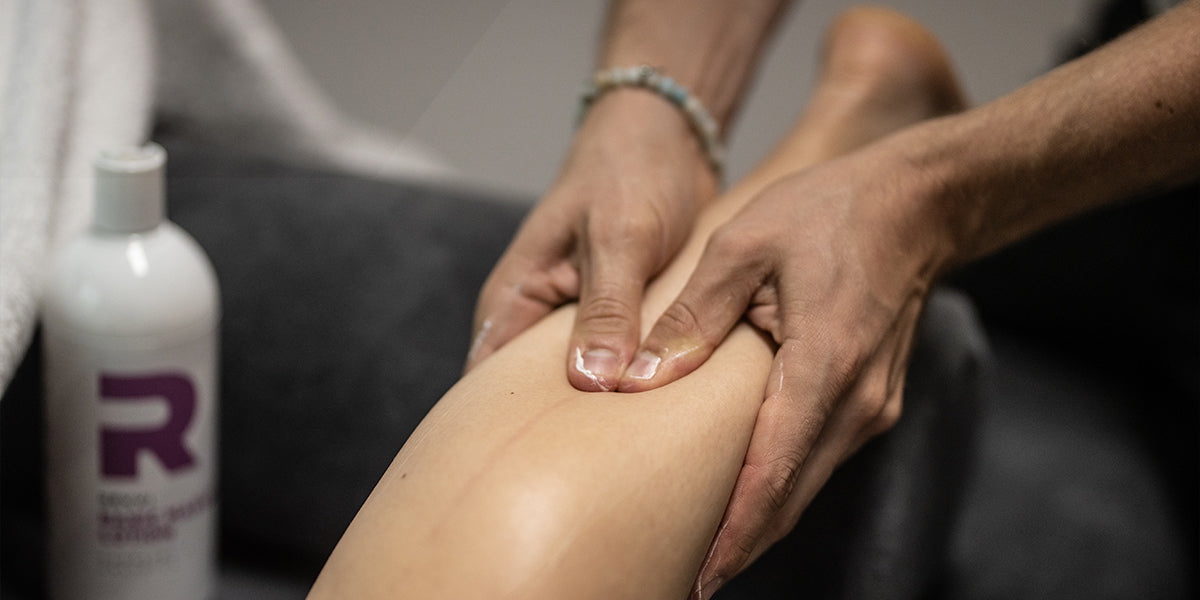
Een sportmassage ondersteunt niet alleen het spierherstel en vermindert niet alleen het risico op blessures, maar verbetert ook de bloedsomloop en gaat stress tegen. Het is een geweldige manier om mentale spanning te verminderen en volledig te ontspannen na een zware inspanning. Een goede massage kan de mobiliteit van gekwetst spierweefsel herstellen en de vermoeidheid verminderen.
Tijdens het sporten worden “micro-tranen”in de cellen van de spieren gegenereerd die tot ontstekingen kunnen leiden. (Sport-)massages verbeteren de lokale bloedtoevoer naar deze gebieden hetgeen het herstelproces verbetert. Onderzoekers (1) melden dat massage na een intensieve training voor groter wordende spieren zorgt die de groei van mitochondriën (de “krachtpatsers” in onze cellen die voedingsstoffen omzetten in bruikbare energie) stimuleren.
“Energie is ALLES voor een atleet en zuurstof is ALLES voor het lichaam.”
Diezelfde onderzoekers melden dat bij een diepwerkende massage na een inspanning, het aantal mitochondriën meer toenemen dan wanneer er geen massage werd toegepast. Toenemende mitochondriën kunnen het uithoudingsvermogen verbeteren door de “transportsnelheid” waarmee spieren zuurstof verbruiken te verhogen. Daarnaast bleek uit diezelfde studie dat de mobiliteit van de spieren verhoogd en de hersteltijd tussen inspanningen verkort.
Vraag een sportmasseur wat hij van een sportmassage vindt en hij/zij zal zeggen dat het fantastisch is! Stel dezelfde vraag aan een wetenschapper en ze zullen zeggen dat de wetenschappelijke voordelen nog steeds onderzocht worden.
Wat wel vaststaat is dat massage één van de beste technieken is voor het herstel van vermoeide spieren en voor het herstel van vertraagde spierpijnen (Delayed Onset Muscle Soreness – DOMS) ; zeker in vergelijking met cryotherapie, het gebruik van compressiekledij en electro stimulatie (2 + 3)
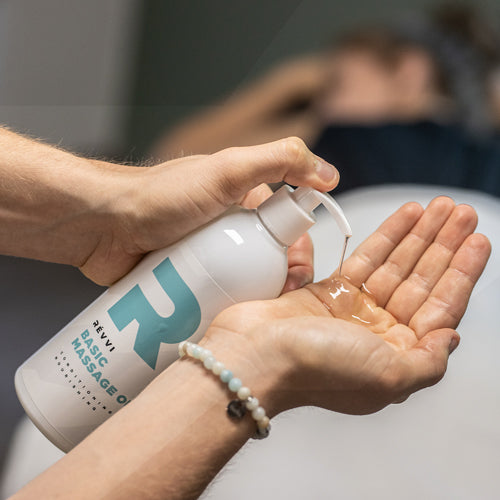
Het is een misperceptie dat een sportmassage synoniem is aan een diepe weefselmassage.
Sportmassage is eerder de overkoepelende term waaronder verschillende technieken vallen zoals:
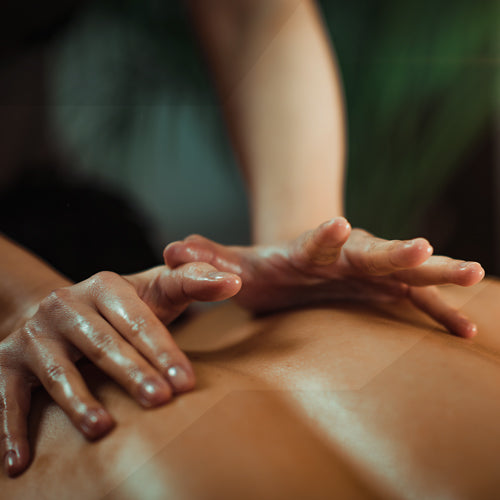
Intermitterende techniek waarbij de handpalm diep in de spieren beweegt om het bloed weg te drijven van een bepaalde zone.
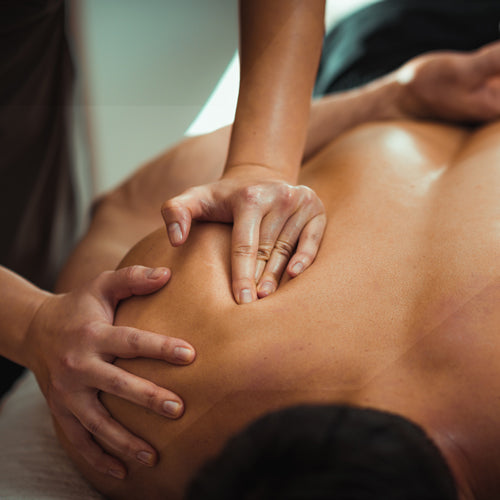
Kneedbewegingen waardoor er meer druk op de spieren en het weefsel wordt uitgeoefend en een spierspanningen genormaliseerd worden.
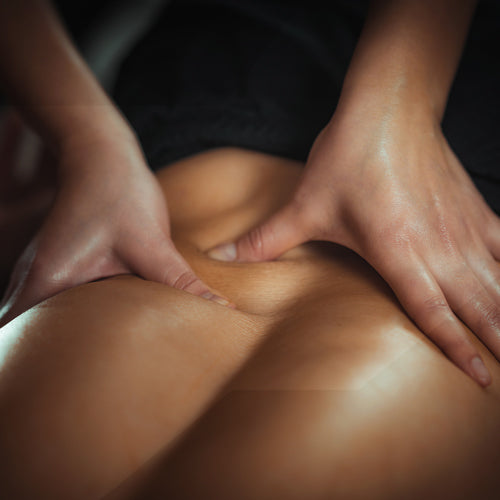
Wrijvingstechniek kan toegepast worden om met een constante druk kleine spierverhardingen weg te drijven en de spieren terug soepel te maken.
Een massage hoeft niet persé pijnlijk te zijn om goed te zijn! Er is een dunne lijn tussen pijn en oncomfortabelheid en die verschilt per individu. Lichte hinder na een massage is acceptabel. Het kan zelfs bepaalde spierzwakheden onthullen die aandacht vragen voor versterking. De hinder zou wel na 48 uur verdwenen moeten zijn. Bij een goede massage kan het lichaam zelfs als volledig “nieuw” aanvoelen.
De INTENSE HOT MUSCLE GELS van RÉVVI zijn vrij van chemicaliën en hebben een unieke samenstelling van natuurlijke ingrediënten. De “vasodilaterende” eigenschappen hebben als hoofddoel het getroffen gebied op het lichaam maximaal en optimaal te herstellen en/of te beschermen.
Het gebruik van de INTENSE HOT MUSCLE GEL wordt sterk aanbevolen bij de behandeling van lage tot middel zware pijnlijke gebieden die veroorzaakt zijn door chronische aandoeningen (bv. artrose, reuma of aanhoudende rug-, nek- en schouderklachten) of voor het opwarmen van spieren, pezen en gewrichten bij bv. het sporten.
Bij een massage krijgen spieren dan wel de meeste aandacht, veel mensen melden een gevoel van pure ontspanning, verhoogde aandacht en een verbeterde stemming (4) na het krijgen van een massage. Atleten ondervinden zowel lichamelijk en psychologische voordelen uit een goede sportmassage.
Uit verschillende onderzoeken van het Amerikaanse National Center for Biotechnology Information blijkt dat massagetherapie (5):
• De harstlag en bloeddruk doet dalen.
• De hersteltijd na een blessure verkort.
• Kwetsures (mee) geneest
• Angsten vermindert.
• Het gemoed verbeterd.
• Spierpijnen en spanningen verlicht.
• De genezing van bindweefsel versnelt hetgeen de spierlenigheid bevordert.
• Het cortisolspiegel stabiliseert (cortisol is een stress hormoon, vergelijkbaar met adrenaline).
• De bloeddoorstroming in het hele lichaam verhoogt en zo voedingsstoffen en zuurstof over het hele lichaam transporteert.
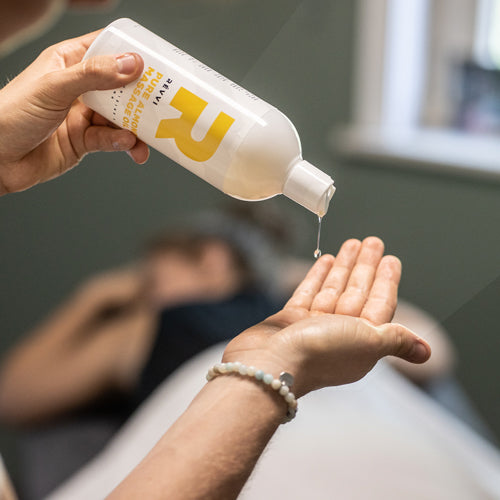
(1) Rejuvenate Your Cells by Growing New Mitochondria
> BEKIJK DE BRON
(2) JE Hilbert, GA Sforzo, T Swensen PhD, Department of Exercise & Sport Sciences, Center for Health Sciences, Ithaca, NY 14850, USA
> BEKIJK DE BRON
(3) Wafa Douzi, Dimitri Theurot, Laurent Bosquet, and Benoit Dugué : An Evidence-Based Approach for Choosing Post-exercise Recovery Techniques to Reduce Markers of Muscle Damage, Soreness, Fatigue, and Inflammation
> BEKIJK DE BRON
(4) Jason Brummitt, MSPT, SCS, ATCa : The Role of Massage in Sports Performance and Rehabilitation. Current Evidence and Future Direction
> BEKIJK DE BRON
(5) Izreen Supa'at, Zaiton Zakaria, Oteh Maskon, Amilia Aminuddin, Nor Anita Megat Mohd Nordin : Effects of Swedish massage therapy on blood pressure, heart rate, and inflammatory markers in hypertensive women
> BEKIJK DE BRON
(6) Massage therapy can help improve sleep
> BEKIJK DE BRON

